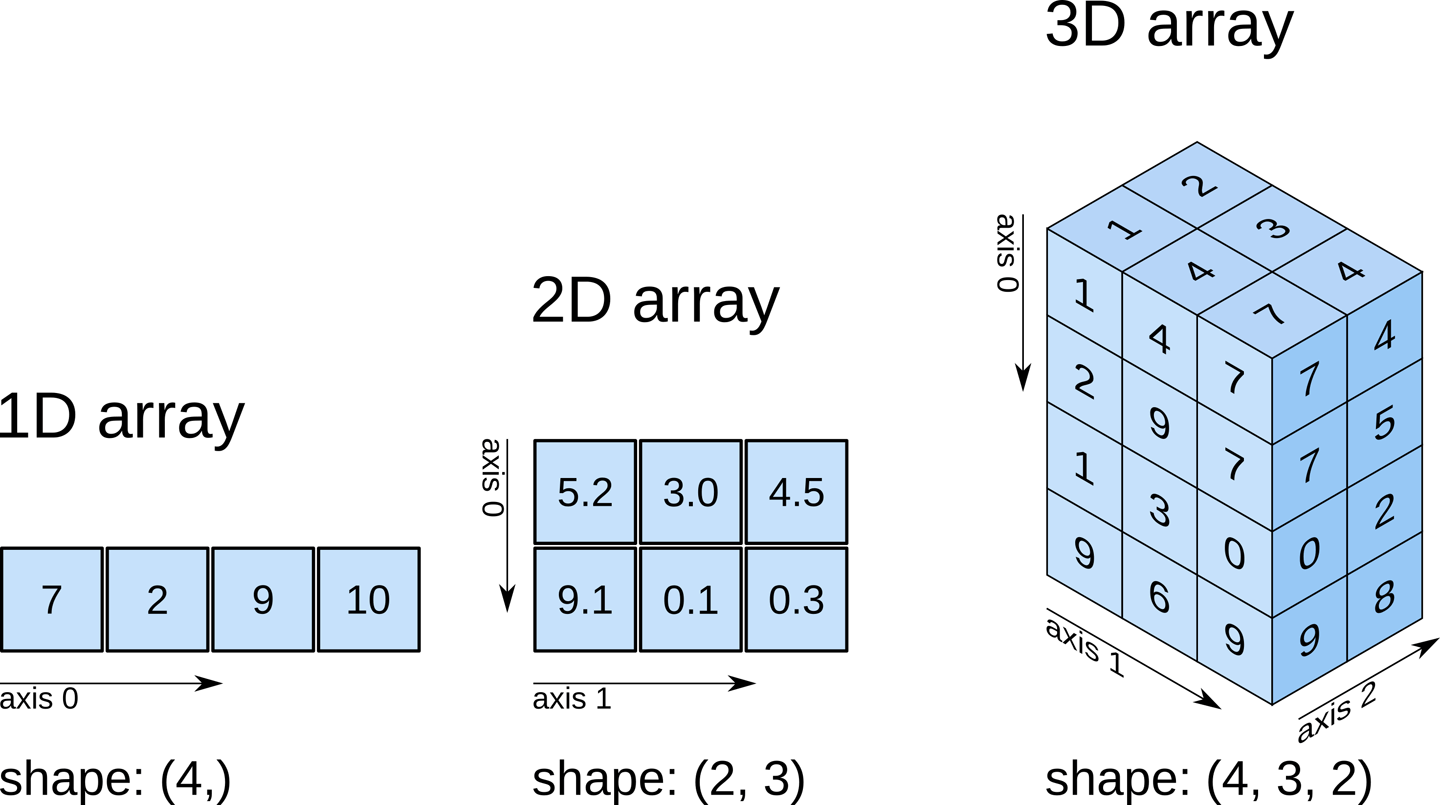

Let’s take two 3-D arrays of shapes (2, 2, 2) and apply this function, it will return a single 3-D array of shapes (4, 2, 2). We can pass 3-D NumPy arrays as a parameter into this function, it will return a single array. 2-D arrays are stacked as-is, just like with hstack function. Note that the last value in the range (in this case, 3) is not included in the range of columns that is returned.This time we will pass three 2-D NumPy arrays into this function, it will return the 2-D single array where the elements are stacked vertically. lumnstack () function is used to stack 1-D arrays as columns into a 2-D array.It takes a sequence of 1-D arrays and stack them as columns to make a single 2-D array. Vertically stack 2D numpy arrays In this example, we shall take two 2D arrays of size 2×2 and shall vertically stack them using vstack () method.

#get columns in index positions 0 through 3 (not including 3) vstack () takes tuple of arrays as argument, and returns a single ndarray that is a vertical stack of the arrays in the tuple. Columns: The maximum of the column count from each of the array arguments. The resulting array will be the following dimensions: Rows: the combined count of all the rows from each of the array arguments. For instance, for pixel-data with a height (first axis), width (second axis. This function makes most sense for arrays with up to 3 dimensions. This is equivalent to concatenation along the first axis after 1-D arrays of shape (N,) have been reshaped to (1,N). Then, two lists colheaders and rowheaders are defined to store the column and row headers respectively. VSTACK returns the array formed by appending each of the array arguments in a row-wise fashion. The vstack () function is used to stack arrays in sequence vertically (row wise). First, a NumPy array arr is defined with 3 rows and 3 columns. Refresh the page, check Medium ’s site status, or find something interesting to read.

Do you know which formula or how I can show in column A the name of sheet that the.
#Numpy vstack names array columns how to#
The following code shows how to get columns in a range from a NumPy array: import numpy as np The above code demonstrates how to save a NumPy array to a CSV file with both row and column headers using the numpy.savetxt() function. Shuffle, Split, and Stack NumPy Arrays in Python Python in Plain English 500 Apologies, but something went wrong on our end. Hi, I am using a Vstack formula to combine data from multiple sheets. import numpy as np tup is a tuple of arrays to be concatenated, e.g. It concatenates the arrays in sequence vertically (row-wise). This function makes most sense for arrays with up to 3 dimensions. You can use the numpy vstack () function to stack numpy arrays vertically. #get columns in index positions 1 and 3 from NumPy arrayĮxample 3: Get Columns in Range from NumPy Array numpy.vstack(tup,, dtypeNone, casting'samekind') source Stack arrays in sequence vertically (row wise). The following code shows how to get multiple columns from a NumPy array: import numpy as np ]) Example 2: Get Multiple Columns from NumPy Array If you’d like to get a column from a NumPy array and retrieve it as a column vector, you can use the following syntax: #get column in index position 2 (as a column vector) The following code shows how to get one specific column from a NumPy array: import numpy as npĭata = np. Example 1: Get One Column from NumPy Array If the maximum value is 0 continue with next column. If this value is larger than the diagonal absolute value then swap the current row for the row corresponding to the maximum. I'm not sure on how to proceed with these steps 3. array ( pylist) print( nparr1) 1 2 3 4 Copy To check the type of nparr1, you call the built-in type () function, you’ll see that it’s ndarray, the fundamental data structure in NumPy. For instance, for pixel-data with a height (first axis), width (second axis), and r/g/b. For each column, j, find the maximum absolute value below the diagonal. You can get a NumPy array from an existing list by calling the np.array () function with the list as the argument. The following examples shows how to use this syntax in practice. This function makes most sense for arrays with up to 3 dimensions. It describes the following aspects of the data: Type of the data (integer, float, Python object, etc.) Size of the data (how many bytes is in e.g. You can use the following syntax to get a specific column from a NumPy array: #get column in index position 2 from NumPy array A data type object (an instance of numpy.dtype class) describes how the bytes in the fixed-size block of memory corresponding to an array item should be interpreted.


 0 kommentar(er)
0 kommentar(er)
